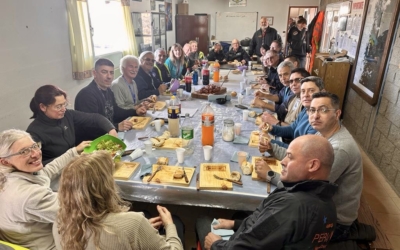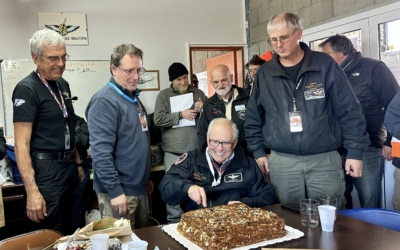I have gained a new title on the project: Master of Imperfections. It’s my job to insert some little stuff-ups into the fabrication of the window test unit.
This is actually a valid test method used in the aerospace industry. When you are testing the full lifetime of an aircraft structure, you need to include everything that the structure might see in its lifetime. This would include accidents and repairs. The goal is to certify that the airplane will be safe, even if it does have a few bumps and scrapes on it. If the testers only tested an absolutely pristine structure, then they could only certify that it would withstand the tested forces in perfect condition. As soon as a real plane got a scratch, then it would be operating outside the tested range and would be deemed to be un-airworthy.
Another way of putting it is to say, “Engineering is the Science of Failure.” We are actually looking forward to blowing stuff up and having failures. If we don’t break something then we never find out what it takes to break it. If we don’t know what breaks then we can’t fully understand what actually keeps it from breaking.
Paint-brush hairs in the picture above are an example of a reasonable defect in the window bonding.
Today we are bonding in the first window test article. This window is larger than any window planned for the actual plane and it has intentional defects in the bonding. We still use the exact process that we will be using to build the actual plane but we are being “less careful” about the workmanship. If we created a “defect” like skipping a step of cleaning, then that doesn’t count as a proper test: the cleaning solvent may make the final part weaker than the one we tested. The types of defect we are testing are things like putting a fingerprint onto the bond surface after it is cleaned.
Once the window has passed (or failed) the initial test pressure and temperature, we will add more defects such as an accidental scratch right across the middle of the window. Then we test pressure and cold again until it breaks.




